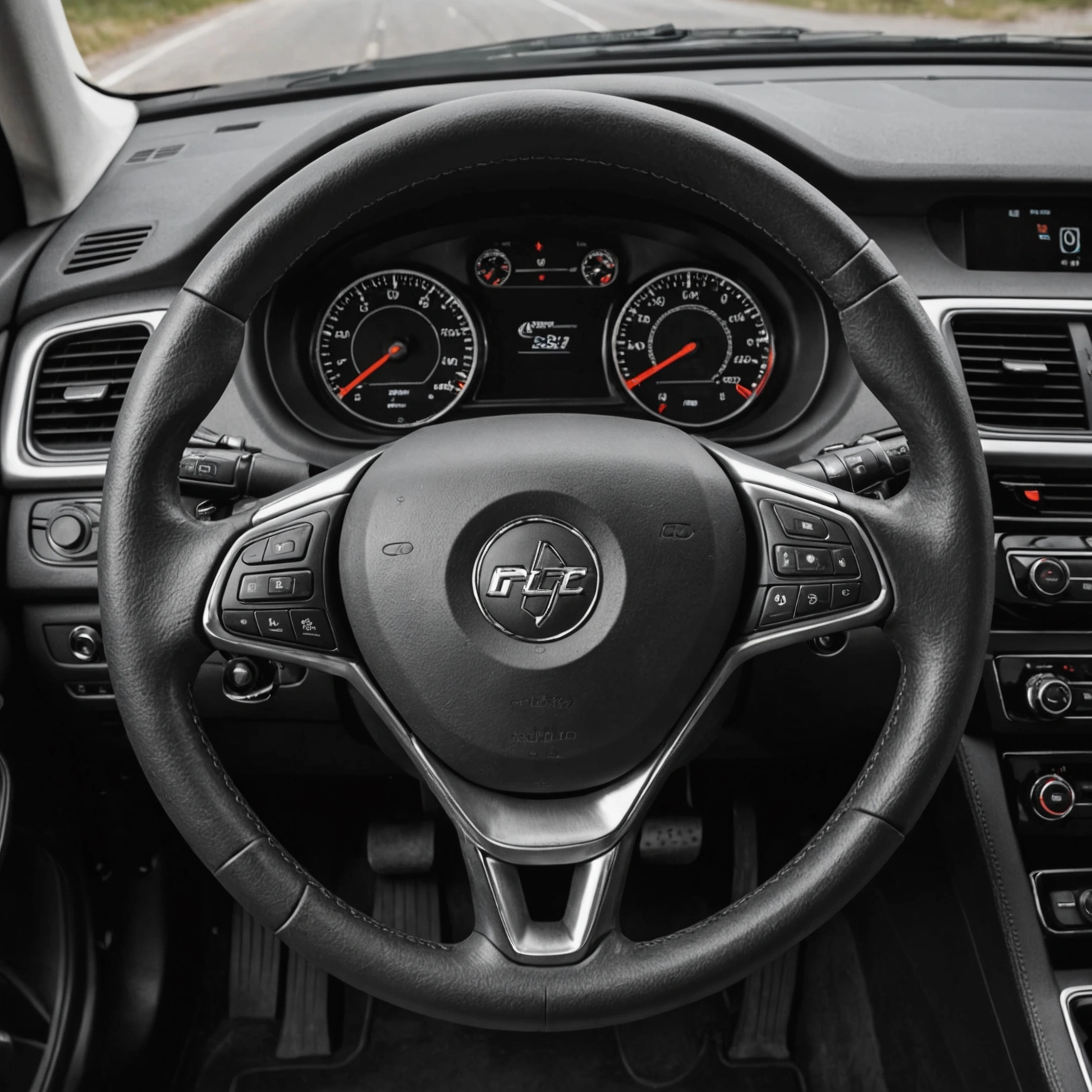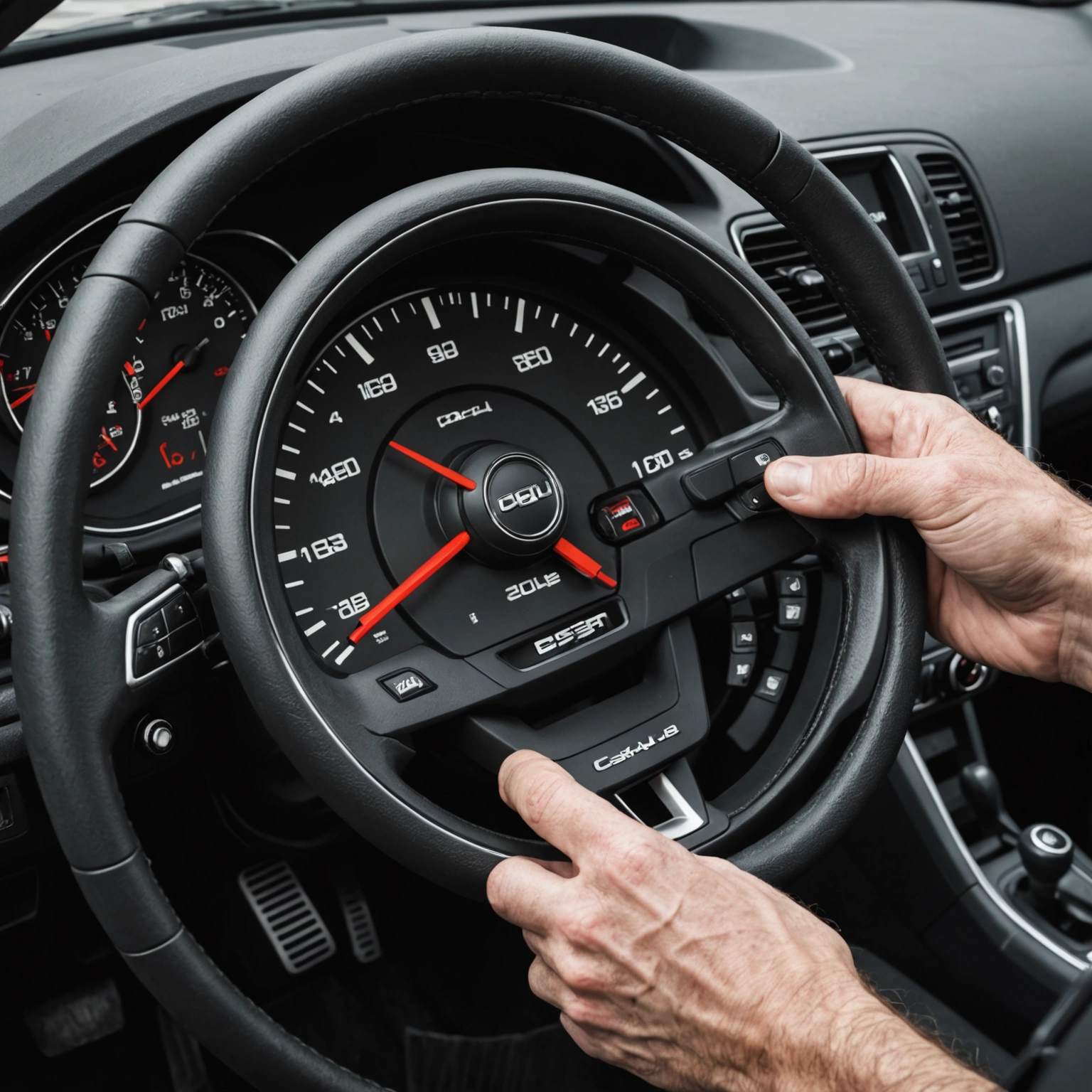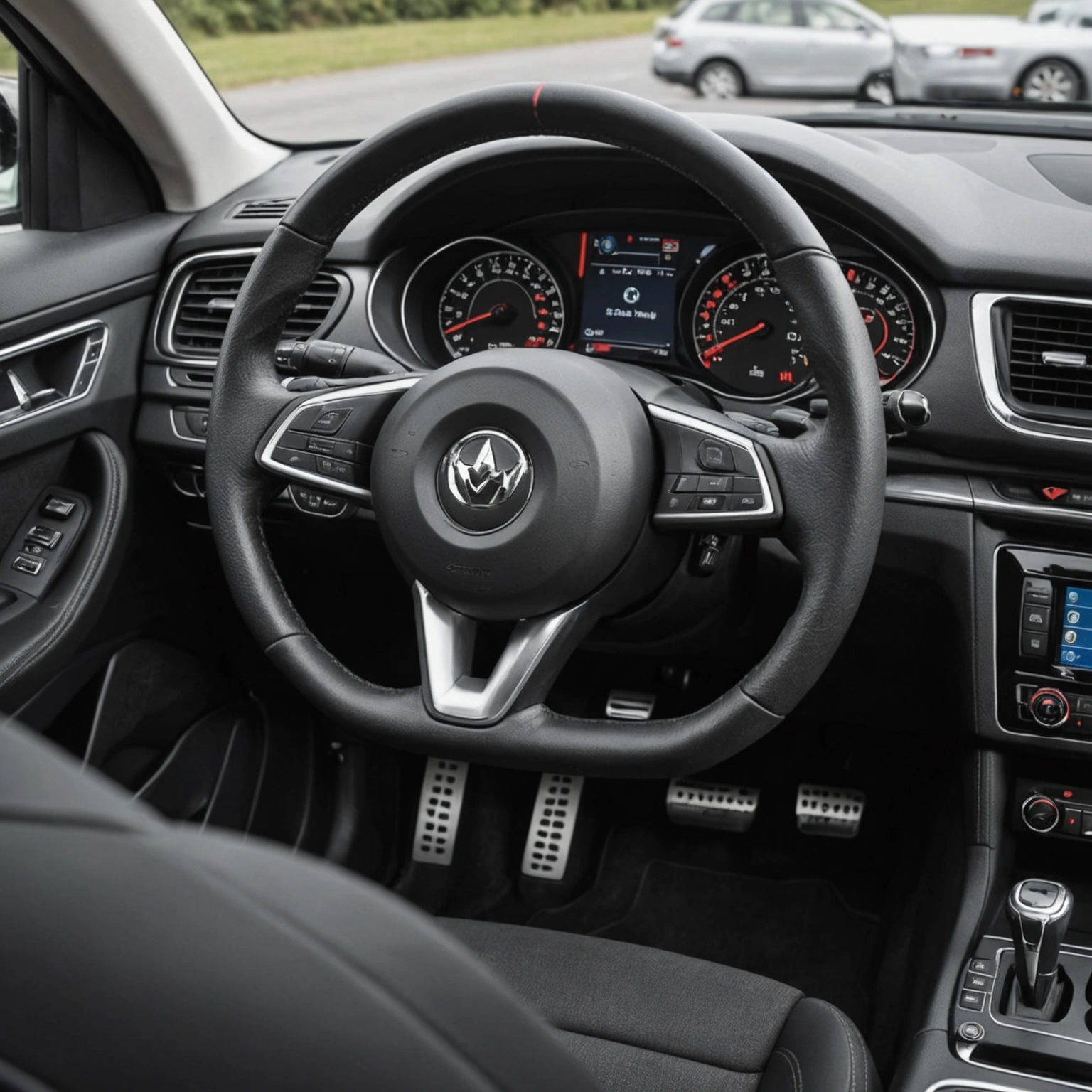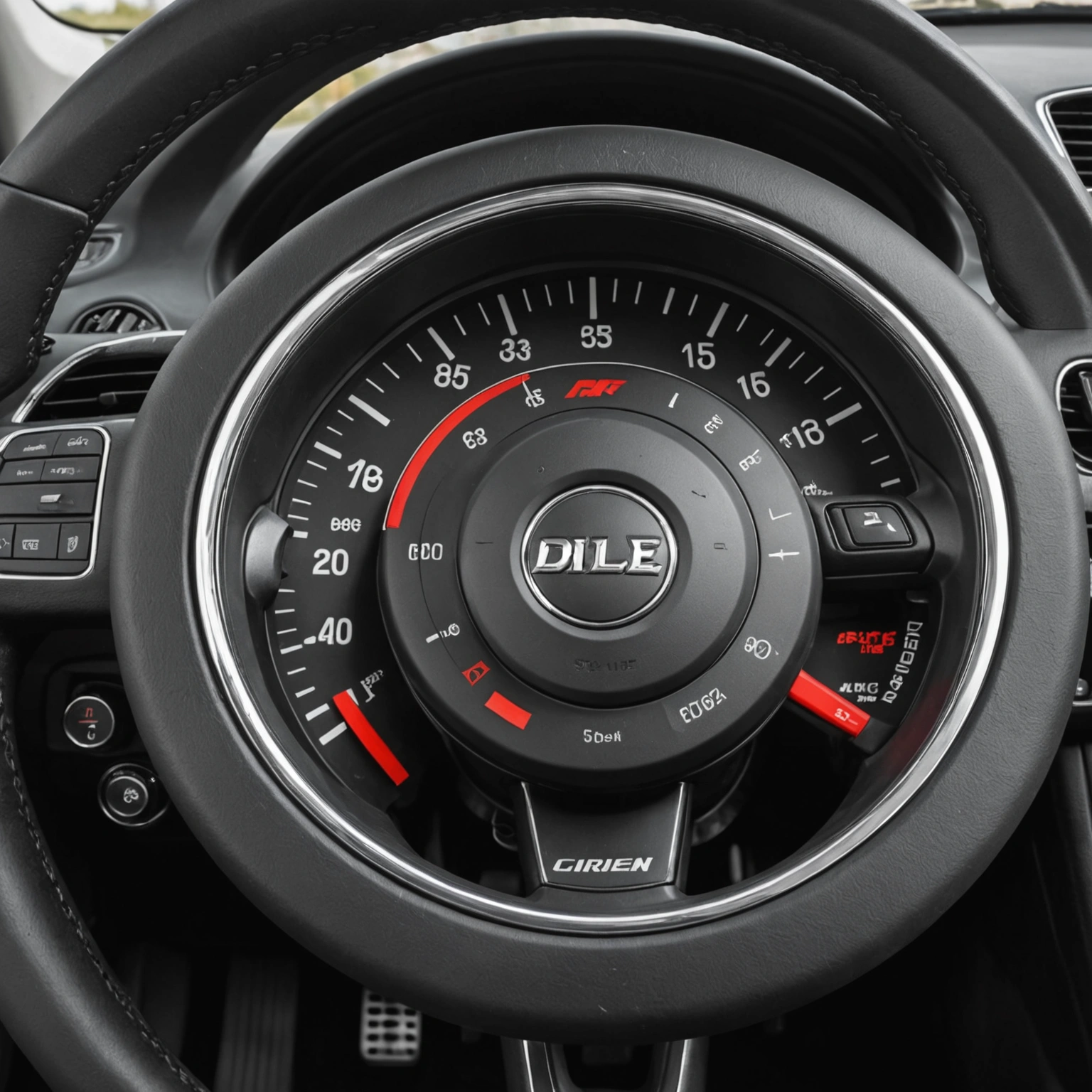**Understanding Why Your Car’s Idle Is High or Low: Causes and Solutions**
If you’ve noticed that your car’s engine idles unusually high or low, it can be concerning and may indicate underlying issues that need attention. Proper engine idle speed is crucial for smooth operation, fuel efficiency, and engine longevity. Let’s explore the common reasons behind high and low idle problems and what you can do about them.

### Why Does My Car Idle High?
A high idle occurs when your engine runs at a higher RPM (revolutions per minute) than normal, typically above the manufacturer’s recommended range. Common causes include:

1. **Vacuum Leaks**
– Cracks or disconnected hoses can introduce extra air into the intake manifold, causing the engine to idle higher than normal.

2. **Malfunctioning Idle Air Control (IAC) Valve**

– The IAC valve manages engine idle speed. If it sticks or fails, it may cause high idle or unstable idling.
3. **Dirty Throttle Body**
– Carbon buildup can restrict airflow, leading the engine to compensate by increasing idle speed.
4. **Issues with the Throttle Position Sensor (TPS)**
– A faulty TPS can send incorrect signals to the engine control unit (ECU), causing irregular idle speeds.
5. **Faulty or Sticking Fuel Pressure Regulator**
– Excess fuel pressure can cause high idle by flooding the engine.
6. **ECU Software or Sensor Errors**
– Sometimes, a simple software glitch or malfunctioning sensor can cause the ECU to set an unusually high idle speed.
### Why Does My Car Idle Low?
Low or rough idling is equally problematic, often manifesting as the engine stalling or vibrating excessively. Typical causes include:
1. **Dirty or Faulty Idle Air Control Valve**
– A clogged or malfunctioning IAC valve can prevent the engine from maintaining proper idle speed.
2. **Vacuum Leaks**
– Similar to high idle issues, leaks in vacuum hoses can cause the engine to run lean and stall at low RPMs.
3. **Dirty Fuel Injectors or Fuel Supply Issues**
– Insufficient fuel delivery can cause the engine to struggle at idle.
4. **Worn Spark Plugs or Ignition System Components**
– Bad spark plugs, wires, or coils can cause misfires, leading to rough or low idling.
5. **Air Intake or Sensor Problems**
– Malfunctioning mass airflow (MAF) sensor or intake leaks can disrupt the air-fuel mixture, affecting idle quality.
6. **EGR Valve Malfunctions**
– A stuck or faulty Exhaust Gas Recirculation (EGR) valve can lead to rough or low idle conditions.
### What Can You Do?
Identifying the root cause often requires a diagnostic scan or visual inspection. Here are some steps you can take:
– **Check for Vacuum Leaks:** Listen for hissing sounds or visually inspect hoses.
– **Inspect and Clean the Throttle Body and IAC Valve:** Remove carbon buildup that may be causing sticking.
– **Replace Worn Sensors:** Such as the TPS or MAF sensor if faulty.
– **Ensure Proper Fuel Delivery:** Check fuel pressure and replace filters if needed.
– **Replace Worn Spark Plugs and Wires:** Regular maintenance helps prevent misfires.
– **Use Diagnostic Tools:** An OBD-II scanner can identify trouble codes related to idle control systems.
### When to Seek Professional Help
If troubleshooting doesn’t resolve the issue or if you’re uncomfortable performing maintenance tasks, it’s best to consult a qualified mechanic. Persistent high or low idle can lead to more significant problems, including stalling, poor fuel economy, and increased emissions.
—
**In Summary**
Car idle issues—whether high or low—are often caused by problems with air intake, sensors, or fuel delivery systems. Regular maintenance, timely repairs, and proper diagnostics can keep your engine running smoothly and efficiently. If your car’s idle speed feels off, don’t ignore it—address it promptly for a safer, more reliable driving experience.

